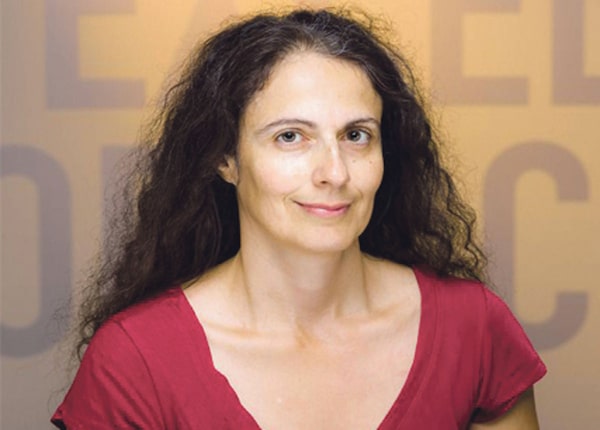
Choosing healthy foods isn’t always possible for people with diabetes especially with additional expenses, such as medications, devices and supplies.SUPPLIED
Eating healthy meals is an important way for people with diabetes to manage their blood sugar levels and weight, while reducing the risk of complications such as heart disease and stroke. Yet some four million Canadians live with food insecurity; for those with diabetes, the rate and impact may likely be higher due to added expenses, such as medications, devices and supplies.
Bonita Nowe-Matheson sees the stress and health compromises this brings as a diabetes outreach dietitian with the Saint John Region Horizon Health Network in New Brunswick. “Many of my clients often have to decide between buying medication or food,” she says. “This isn’t a budgeting issue; there’s simply no money there.”
The foods recommended for diabetes management, including whole foods, higher-fibre, lower-sodium foods, cost more, she says. When times are tight, people eat fewer fruits and vegetables, and opt for cheaper foods that are high in calories but low in nutrition.
“The availability and cost of healthy and nutritious food is a public health issue,” says Krista Banasiak, former research and public policy manager at Diabetes Canada. The organization has issued a policy statement calling for all Canadians to have access to affordable, culturally appropriate, sufficient, safe and nutritious food. It recommends that the federal government invest in social policies that expand access to employment, housing and healthy food for people living in poverty.
“We often think that people choose what foods they want to eat on any given day,” says Ms. Banasiak. “However, not everyone has the same choices.”

Bonita Nowe-Matheson diabetes outreach dietitian with the Saint John Region Horizon Health NetworkSUPPLIED
Many of my clients often have to decide between buying medication or food.
— Bonita Nowe-Matheson diabetes outreach dietitian with the Saint John Region Horizon Health Network
Marleane Davidson, 53, who has type 2 diabetes, high blood pressure, celiac disease and serious food allergies, is unable to work due to a degenerative spine disease. She has little money left over from government assistance for groceries after covering her rent and other bills and is disappointed at the quality of the food she gets every two weeks from a Toronto food bank.
“They tell you that you can take a vegetable or a fruit but not both,” she says. “Most of the food is processed and really high in salt.” Ms. Davidson would like to see dietitians work with food banks to ensure that their offerings follow Canada’s Food Guide and meet the nutritional and health needs of clients.
Ms. Nowe-Matheson says that awareness of the link between food insecurity and diabetes is growing. Her tips for anyone living with diabetes and food insecurity include talking about the issue with a health-care provider, who can suggest resources in the community or make a referral to a social worker. A diabetes care professional can provide advice on treatment adjustments at times when there is less food.

Dr. Enza Gucciardi associate professor in the School of Nutrition at Ryerson UniversitySUPPLIED
Food is critical in diabetesmanagement. We have to be awareof people challenged by food insecurityand ready to help them.
— Dr. Enza Gucciardi associate professor in the School of Nutrition at Ryerson University
Dr. Enza Gucciardi, an associate professor in the School of Nutrition at Ryerson University, says that care providers should identify and better support diabetes self-management among food-insecure patients and families. She’s developed a screening toolkit to help them recognize the issue.
New strategies to deal with the issue include food prescription programs, which can facilitate access to fresh and healthy non-perishable foods, she says. Discussions are underway on options for governments or insurance companies to cover the cost of such prescriptions, to reduce future health-care costs.
If people with diabetes are not eating right, or at all, there can be a serious mismatch with the medications they take, says Dr. Gucciardi. A discussion with a care provider can help tailor the treatment plan to the person’s circumstances, while people with diabetes are often relieved to share their food insecurity concerns.
“It’s a tricky and a sensitive issue,” she says. “Food is critical in diabetes management. We have to be aware of people challenged by food insecurity and ready to help them.”
Produced by Randall Anthony Communications. The Globe’s editorial department was not involved in its creation.